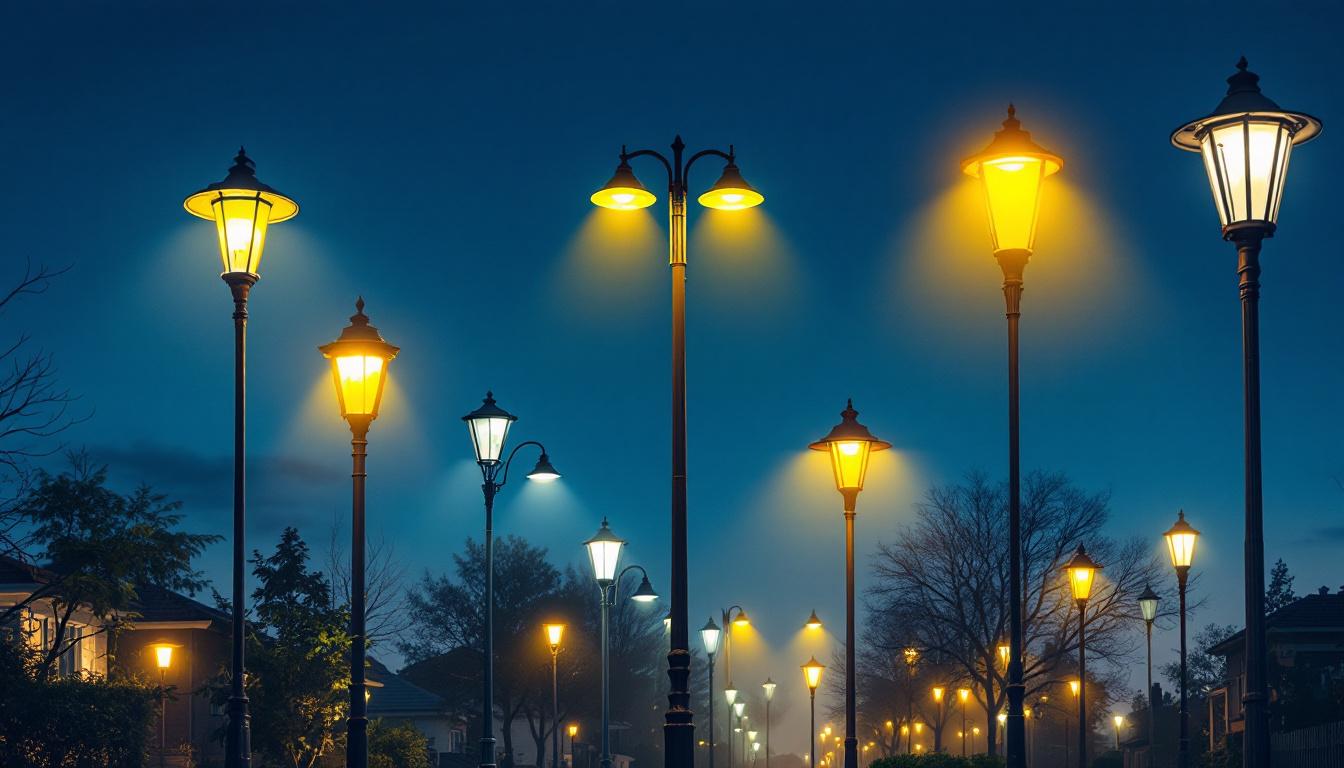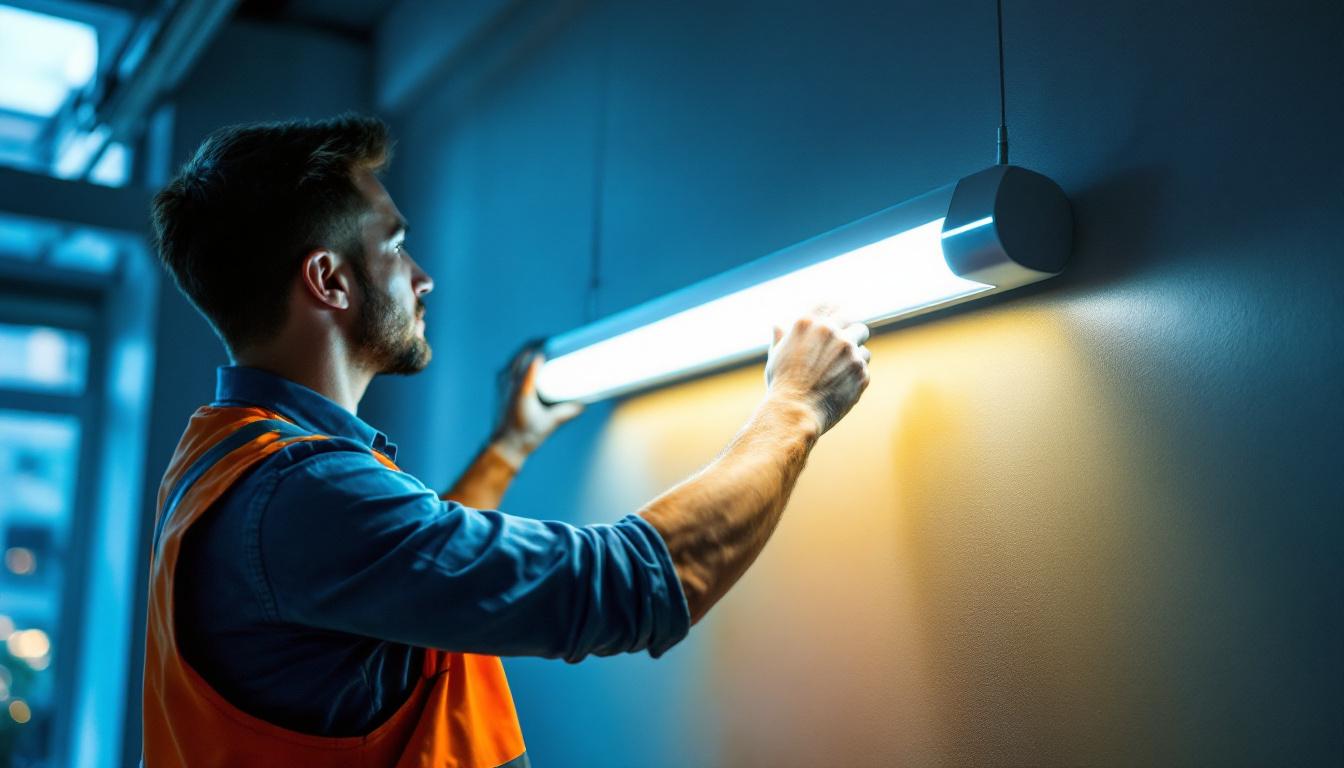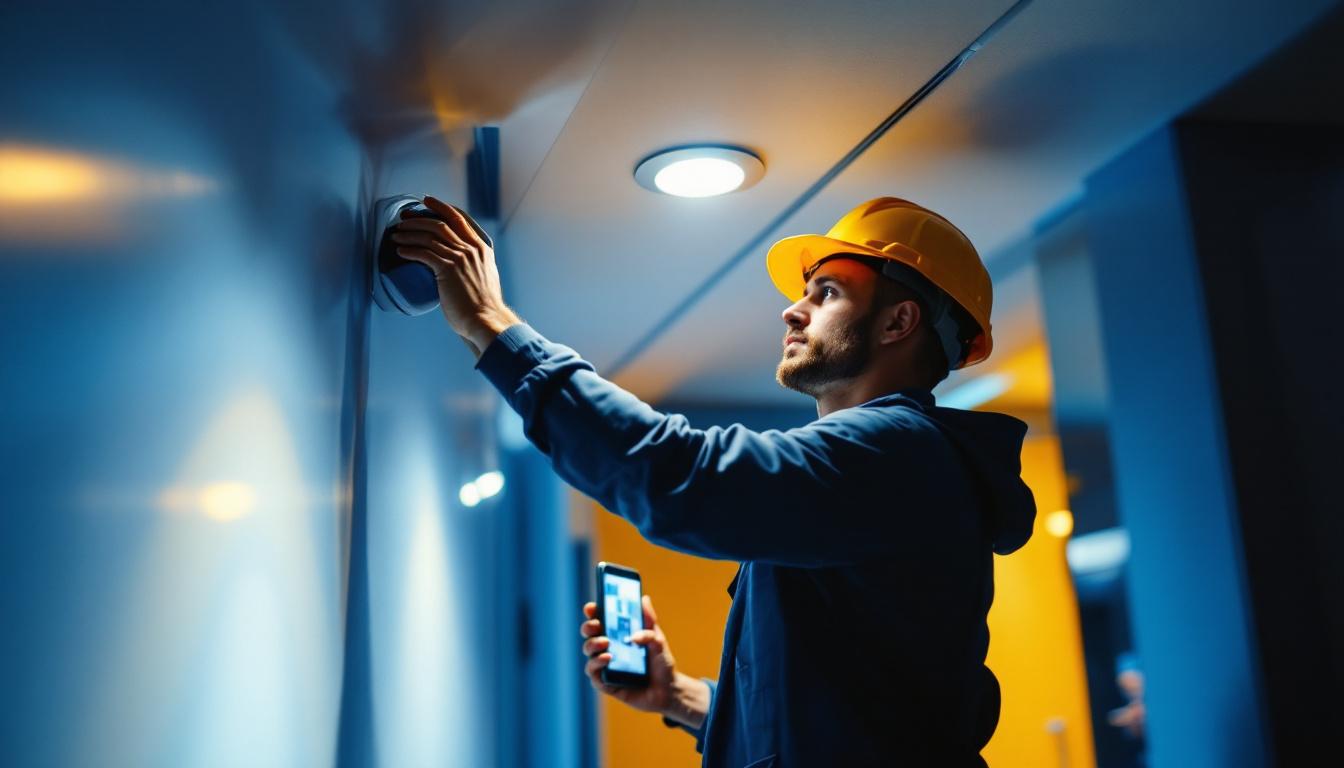
In the realm of outdoor lighting, lamp posts play a crucial role in enhancing both aesthetics and functionality. For lighting contractors, understanding the various types of lamp posts and the expectations clients have regarding them is essential for delivering satisfactory results. This article delves into the different types of lamp posts available, their applications, and what clients typically expect from their lighting contractors.
Before diving into the specific types of lamp posts, it is important to grasp their significance in outdoor lighting design. Lamp posts serve not only as sources of illumination but also as architectural elements that can complement or enhance the overall design of a space. They can transform a mundane pathway into an inviting thoroughfare or turn a simple garden into a magical retreat at night, showcasing the beauty of the landscape while ensuring safety and visibility.
Clients often look for lamp posts that not only meet their functional needs but also align with their aesthetic preferences. This means that lighting contractors must be well-versed in the various styles, materials, and technologies available in the market. From classic wrought iron designs that evoke a sense of nostalgia to sleek, contemporary models made from durable aluminum or stainless steel, the options are vast. Additionally, energy-efficient technologies such as LED lighting are becoming increasingly popular, allowing clients to save on energy costs while still achieving their desired look.
The primary function of lamp posts is to provide light, but aesthetics play a significant role in their selection. Clients may have specific themes or styles in mind, such as modern, traditional, or rustic. Understanding these preferences can help contractors suggest suitable options that meet both functional and aesthetic requirements. For instance, a modern minimalist space may benefit from lamp posts with clean lines and integrated LED technology, while a vintage-themed garden could be enhanced by ornate, antique-style fixtures that evoke a sense of history.
Moreover, the placement of lamp posts can dramatically affect the ambiance of an area. Contractors should be prepared to discuss optimal locations for lamp posts to maximize their effectiveness while ensuring they contribute positively to the overall landscape. For example, strategically placing lamp posts along a winding path can create a sense of movement and guide visitors through the space, while installing them around seating areas can enhance social interactions during evening gatherings. Additionally, considering the height and brightness of the fixtures is crucial, as this can influence not only visibility but also the mood of the environment, making it feel cozy or expansive depending on the desired effect.
There are several types of lamp posts available, each with its unique characteristics and ideal applications. Understanding these types can help contractors provide informed recommendations to their clients.
Traditional lamp posts are often characterized by their classic designs, which may include ornate details and vintage finishes. These lamp posts are commonly made from materials such as cast iron or aluminum, which not only provide durability but also enhance their aesthetic appeal.
Clients seeking a timeless look for their gardens, parks, or historic districts often gravitate towards traditional lamp posts. Lighting contractors should be prepared to discuss the various styles available, including Victorian, Colonial, and Art Deco designs, to help clients find the perfect match for their vision.
In contrast to traditional designs, modern lamp posts feature sleek lines and minimalist aesthetics. These lamp posts are typically made from materials like stainless steel or high-quality plastics, which offer a contemporary look while being lightweight and durable.
Clients looking to create a modern outdoor space may prefer these lamp posts for their clean and sophisticated appearance. Lighting contractors should be aware of the latest trends in modern lamp post designs, including integrated LED technology, which enhances energy efficiency and reduces maintenance costs.
With the rise of smart technology, smart lamp posts are becoming increasingly popular. These lamp posts are equipped with sensors and connectivity features that allow for remote control and automation. They can adjust brightness based on ambient light, detect motion, and even provide Wi-Fi hotspots.
Clients interested in smart city initiatives or those looking to enhance security in public spaces may express interest in these advanced options. Contractors should be knowledgeable about the various smart lamp post systems available and their integration with existing infrastructure.
The material of a lamp post significantly influences its durability, maintenance, and overall appearance. Clients often have preferences based on these factors, and lighting contractors should be equipped to guide them through the options.
Metal lamp posts, particularly those made from aluminum or cast iron, are known for their strength and longevity. Aluminum is lightweight and resistant to corrosion, making it an excellent choice for coastal areas. Cast iron, while heavier, offers a classic look and exceptional durability.
Clients may appreciate the robustness of metal lamp posts, especially in high-traffic areas or locations prone to vandalism. Contractors should highlight the benefits of each metal type, including maintenance requirements and lifespan, to help clients make informed decisions.
Composite materials and high-quality plastics are increasingly being used in lamp post construction due to their lightweight nature and resistance to environmental factors. These materials can mimic the appearance of traditional metals while offering easier installation and lower maintenance.
Clients looking for budget-friendly options or those concerned about the weight of traditional materials may find composite or plastic lamp posts appealing. Contractors should be prepared to explain the advantages and limitations of these materials, including their expected lifespan and environmental impact.
The choice of lighting technology is another critical aspect of lamp post selection. Clients often have specific requirements regarding energy efficiency, brightness, and color temperature. Lighting contractors must be knowledgeable about the various technologies available to provide appropriate recommendations.
LED lighting has become the standard for outdoor lamp posts due to its energy efficiency and long lifespan. Compared to traditional incandescent bulbs, LEDs consume significantly less energy and can last up to 25 times longer. This makes them an attractive option for clients looking to reduce energy costs and maintenance efforts.
Additionally, LED technology allows for various color temperatures, enabling clients to choose between warm and cool lighting effects. Contractors should be ready to discuss the benefits of LED lighting and how it can be integrated into different lamp post designs.
Solar-powered lamp posts offer an eco-friendly alternative to traditional lighting solutions. These lamp posts harness solar energy during the day and use it to illuminate outdoor spaces at night. They are particularly appealing for clients looking to minimize their carbon footprint and reduce electricity costs.
However, it’s essential for contractors to educate clients about the limitations of solar-powered lamp posts, such as their effectiveness in areas with limited sunlight or during winter months. Providing a balanced view will help clients make informed decisions that align with their needs.
Proper installation is crucial for the effectiveness and longevity of lamp posts. Clients often expect lighting contractors to be knowledgeable about the installation process and any necessary permits or regulations.
Before installation, a thorough site assessment is necessary to determine the optimal placement of lamp posts. Factors such as existing landscaping, pedestrian traffic patterns, and the intended use of the area should be considered. Clients may rely on contractors to provide insights into the best locations for maximum illumination and aesthetic appeal.
Additionally, understanding local regulations regarding lamp post height, brightness, and placement is essential. Contractors should be familiar with these guidelines to ensure compliance and avoid potential issues during installation.
Clients often expect lighting contractors to provide guidance on the maintenance requirements of the lamp posts they choose. Different materials and technologies have varying maintenance needs, and contractors should be prepared to outline these to clients.
For example, metal lamp posts may require periodic painting or rust treatment, while LED fixtures may need occasional cleaning to maintain optimal performance. Providing a clear maintenance plan can help clients understand the long-term commitment associated with their lamp post selection.
Effective communication is key to meeting client expectations. Lighting contractors should be proactive in discussing options, providing recommendations, and addressing any concerns clients may have throughout the project.
Each client has unique needs and preferences when it comes to outdoor lighting. Lighting contractors should take the time to listen to their clients and understand their vision for the space. This may involve asking questions about the intended use of the area, desired aesthetics, and budget constraints.
By gaining a comprehensive understanding of client needs, contractors can tailor their recommendations and ensure that the final installation aligns with the client’s expectations.
Clients often rely on lighting contractors for expert advice on the best lamp post options for their specific situations. Contractors should be prepared to share their knowledge about different types of lamp posts, materials, lighting technologies, and installation processes.
Additionally, offering insights into current trends and innovations in outdoor lighting can help clients feel more confident in their choices. By positioning themselves as knowledgeable experts, contractors can build trust and foster positive relationships with their clients.
Understanding the various types of lamp posts, materials, lighting technologies, and installation considerations is essential for lighting contractors. Clients expect their contractors to be well-informed and capable of providing tailored recommendations that meet their specific needs.
By effectively communicating with clients and offering expert guidance, lighting contractors can ensure successful projects that enhance outdoor spaces while meeting client expectations. Staying updated on industry trends and innovations will further empower contractors to provide the best solutions for their clients, ultimately leading to satisfied customers and successful installations.
Ready to elevate your lighting projects with the finest lamp posts and technology in the market? At LumenWholesale, we provide lighting contractors like you with spec-grade lighting products that combine quality and affordability. Our extensive selection is designed to meet the highest industry standards, ensuring that every installation shines with reliability and performance. Say goodbye to local distributor markups and hello to unbeatable wholesale prices, free shipping, and the convenience that comes with bulk buying. Don’t compromise on quality or value—choose LumenWholesale for your next project. Wholesale Lighting at the Best Value is just a click away.

Discover the comprehensive guide to LED fluorescent lighting tailored for contractors.

Discover the essential guide for lighting contractors on lamps and ballasts.

Discover the key factors that distinguish top lighting contractors in the retrofit can lights industry.

Discover how LED recessed spotlights are transforming spaces through real-world success stories from lighting contractors.